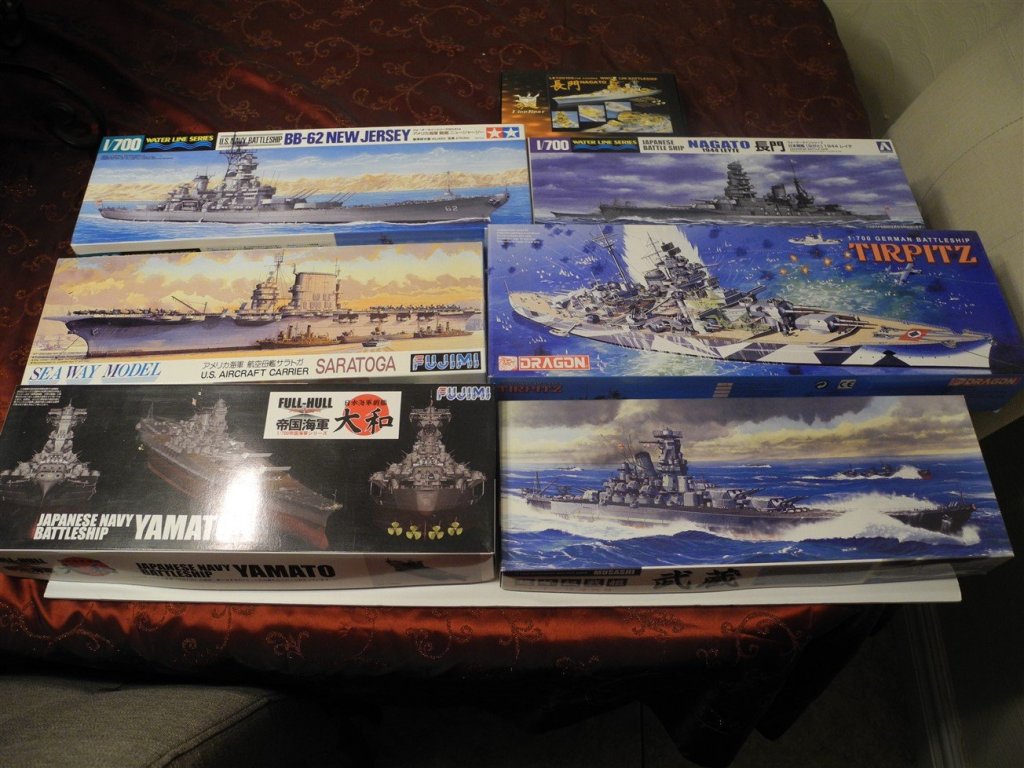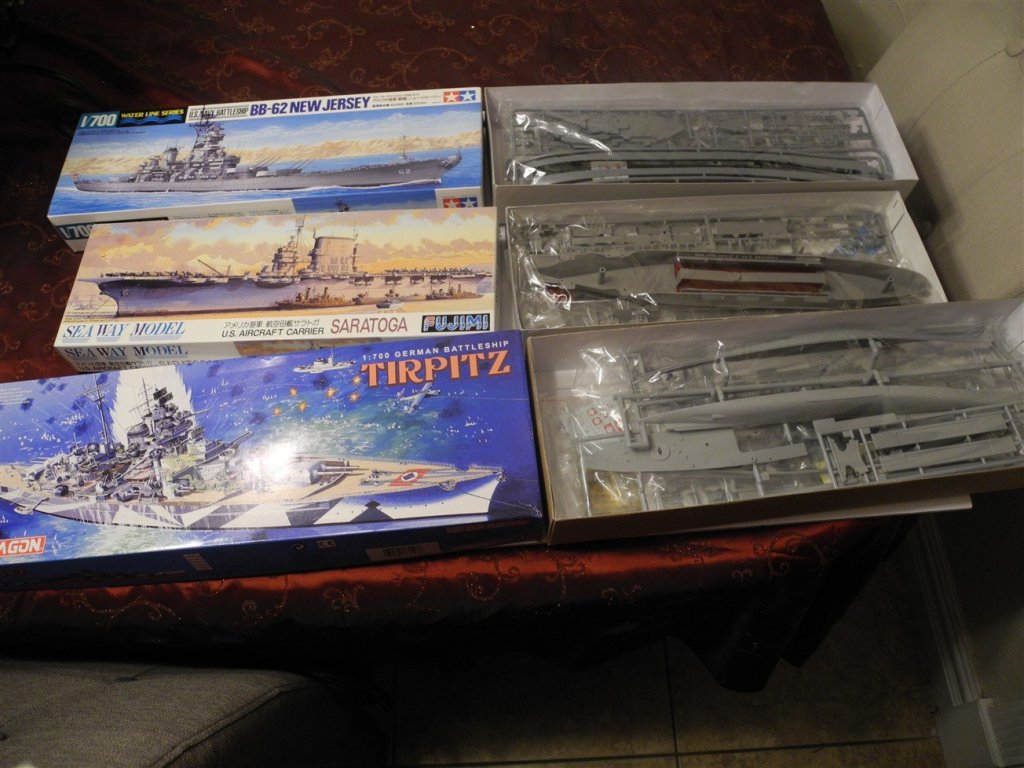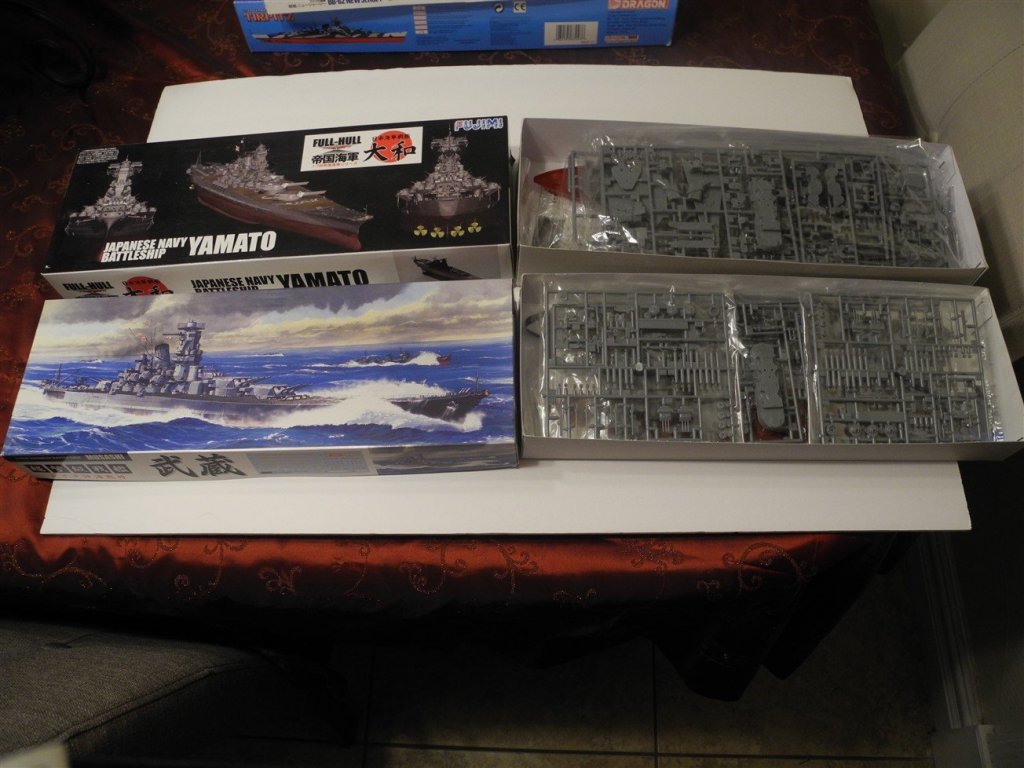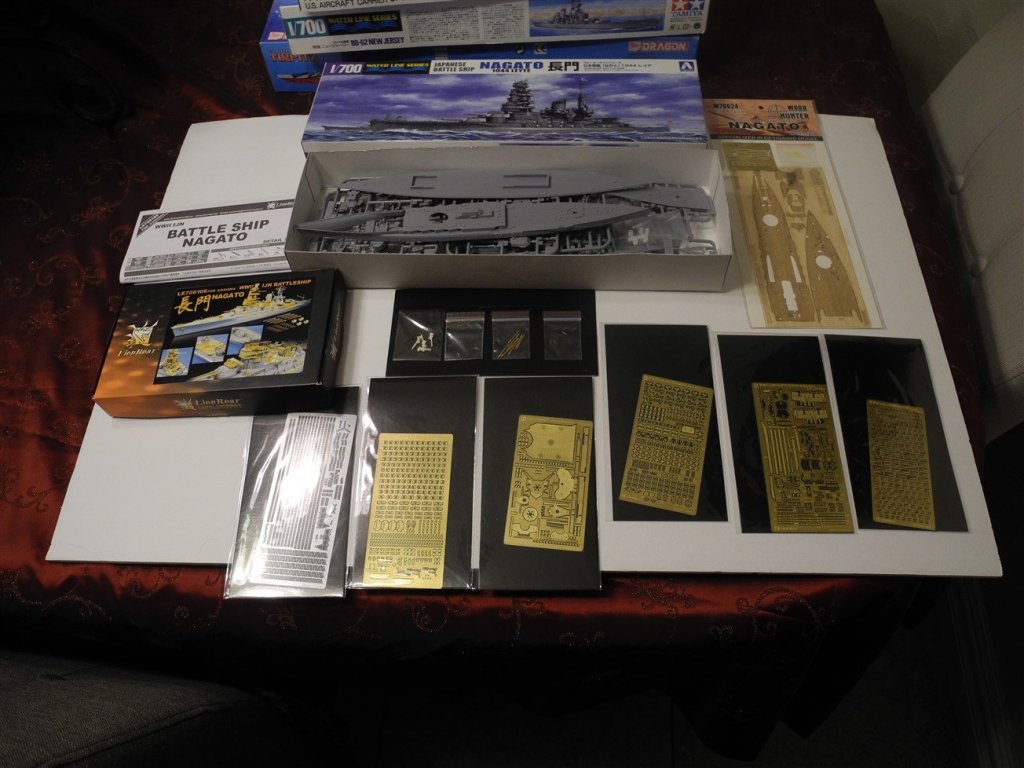-
Posts
7,743 -
Joined
-
Last visited
Content Type
Profiles
Forums
Gallery
Events
Everything posted by CDW
-
That's impressive, that the barrels elevate, too. Gee oh whiz, that's a lot of folding and fiddling for one gun mount. Makes me appreciate molded items all the more once you realize what goes into making them as you are doing here.
-
She's going to take a lot of shelf space, Dan. But I am sure you have already planned for that.
-
Me too....and three, and four, and so on. I love this model! It is so refreshing to see how neat and professional-looking a paper ship model can be. I am likewise impressed with how deliberate, methodical, and precise Dan is with every little detail. Such patience is a true virtue and it shows up in his work in spades.
-
Yes indeed, this model is exceptional. Seeing a modern warship is such a rare treat, here. And this one is a real looker.
-
I agree with Mark, and really appreciate how "fiddly" these parts must be to cut out, bend, and assemble. I'm afraid it's beyond my skill and patience to do myself, so am content with observing and admiring your work.
-
Our rolling challenge was to do it with one hand, under the brim of our hat, while plowing with a mule.
-
Thinking about it some more, the places in the hull where the shafts come through might be well suited for epoxy putty. Just tape the outside of the hull so the epoxy does not run out, then form up that putty inside the hull and around those shaft housings. I'll bet you could just mix micro balloons with slow set epoxy to make your own putty. Your local hobby shop may have some pre-made two part epoxy putty ready to go.
- 146 replies
-
- dumas
- Chris-Craft Commander Express
-
(and 2 more)
Tagged with:
-
Are those tiny wire pieces soldered. And where on earth did you get those enormous Tic Tacs?
- 244 replies
-
- borodino
- dom bumagi
-
(and 1 more)
Tagged with:
-
I think I might use epoxy for both tasks. The shafts maybe need a box form inside to give it a little bit of depth so the epoxy won't easily crack. Maybe just an 1/8", maybe 1/4" deep or so. The brackets I think I would epoxy in place on the hull and not drill it. If I did drill it, it would be to insert small wooden dowels that I could sand smooth once the epoxy had cured. Granted, they would not be readily removable after that, but it would eliminate the worry of leaks.
- 146 replies
-
- dumas
- Chris-Craft Commander Express
-
(and 2 more)
Tagged with:
-
Here are some pictures of the 1:700 scale ship models and aftermarket sets. Only the Nagato plastic parts are not sealed in their factory bags inside the box. The Nagato detail set includes 11 photo etch sheets, a very detailed set. The wooden deck has it's own photo etch sheet as well. All the other ship models have plastic parts sealed inside the bags as they come from the factory. The Dragon Models Tirpitz comes with it's own factory photo etch sheet. This is a good deal for someone who can use them.
-
Collected all these 1:700 ships and accessories with good intentions on building them, but they are just too small for me to see & do them justice. 1. Aoshima Nagato 1944 Leyte Gulf (Waterline) **Hunter Wooden Deck **Lion Roar complete Detail Set including multiple sheets of photo etch, brass gun barrels, and resin. 2. Fujimi Yamato Full Hull Version Kit #1 3. Fujimi Saratoga Carrier Waterline Version 4. Fujimi Musashi Waterline Version 5. Dragon Tirpitz Full Hull 6. Tamiya BB-62 New Jersey Waterline Version None of the models have been started. There may be some parts that are off the sprue. Will let them all go to a good home for $100 shipped to any one of the 48 states of the Cont. USA Payment via Paypal goods and services If interested, please PM me. Craig W Florida
-
Beautiful, Mike. Those red flower bushes in the background remind me of being a kid...we would pluck the flowers and suck the nectar from the base of the flowers. Sometimes, there might be insects inside, but it never stopped us from doing it. The nectar was very sweet.
- 146 replies
-
- dumas
- Chris-Craft Commander Express
-
(and 2 more)
Tagged with:
-
I really like the idea of doing a contemporary ship model. It's actually one I recently considered doing myself but am glad to see you doing it instead. Will be looking forward to your future posts and progress photos.
-
Wow, that takes patience to spend a day rolling all those little paper tubes on the funnels. Looks great!
-
Did you drill out all those portholes in the hull? Looks very nice and detailed. I have some great 1:700 models and detail sets that will not get built by me. They are just too small for me to focus on all the details.
-
Wow, that is awesome!
About us
Modelshipworld - Advancing Ship Modeling through Research
SSL Secured
Your security is important for us so this Website is SSL-Secured
NRG Mailing Address
Nautical Research Guild
237 South Lincoln Street
Westmont IL, 60559-1917
Model Ship World ® and the MSW logo are Registered Trademarks, and belong to the Nautical Research Guild (United States Patent and Trademark Office: No. 6,929,264 & No. 6,929,274, registered Dec. 20, 2022)
Helpful Links
About the NRG
If you enjoy building ship models that are historically accurate as well as beautiful, then The Nautical Research Guild (NRG) is just right for you.
The Guild is a non-profit educational organization whose mission is to “Advance Ship Modeling Through Research”. We provide support to our members in their efforts to raise the quality of their model ships.
The Nautical Research Guild has published our world-renowned quarterly magazine, The Nautical Research Journal, since 1955. The pages of the Journal are full of articles by accomplished ship modelers who show you how they create those exquisite details on their models, and by maritime historians who show you the correct details to build. The Journal is available in both print and digital editions. Go to the NRG web site (www.thenrg.org) to download a complimentary digital copy of the Journal. The NRG also publishes plan sets, books and compilations of back issues of the Journal and the former Ships in Scale and Model Ship Builder magazines.

.jpg.7e80607770d9078b2f0b470e8c9c33ac.jpg)





